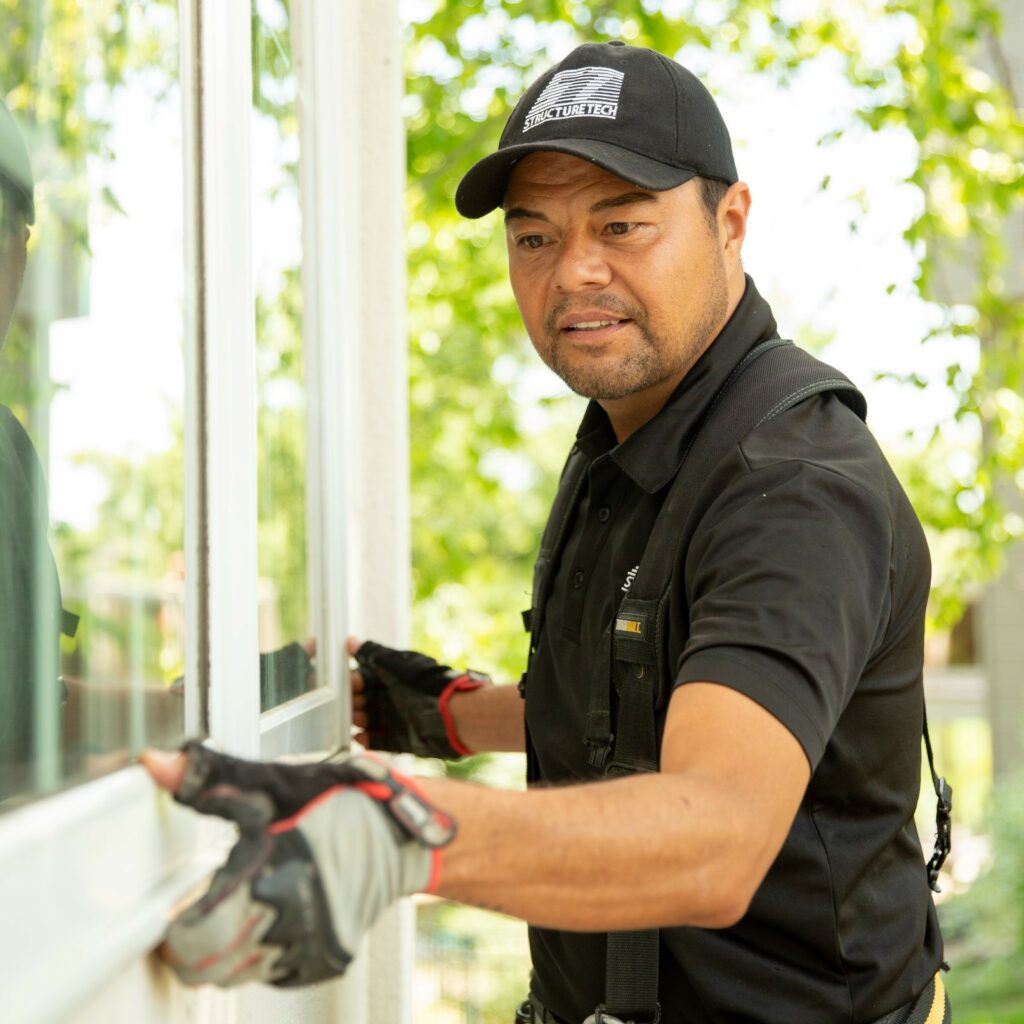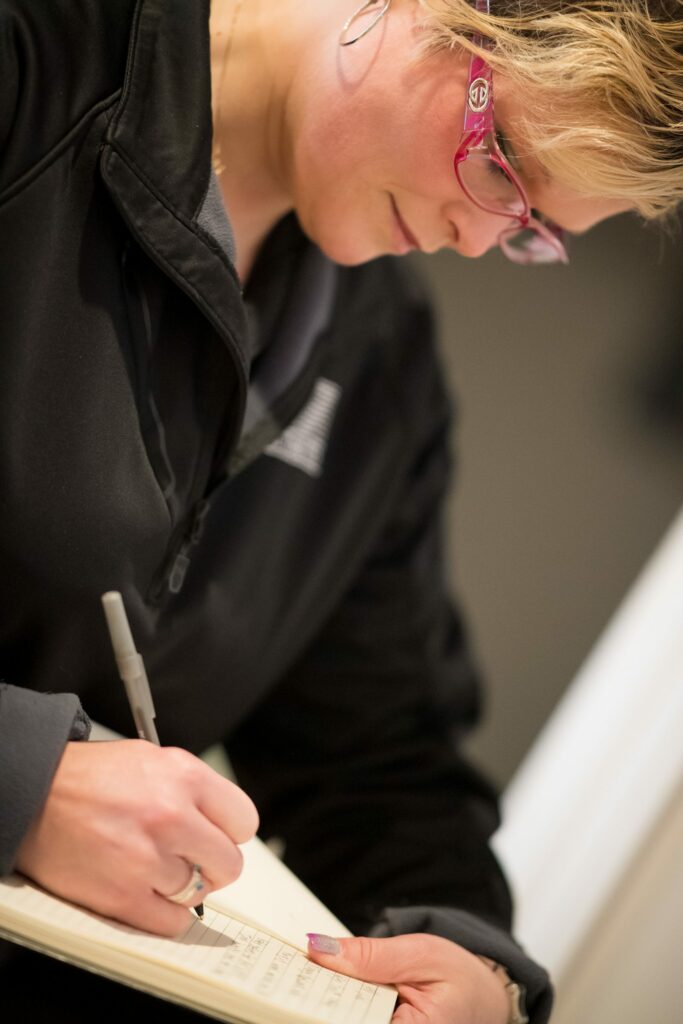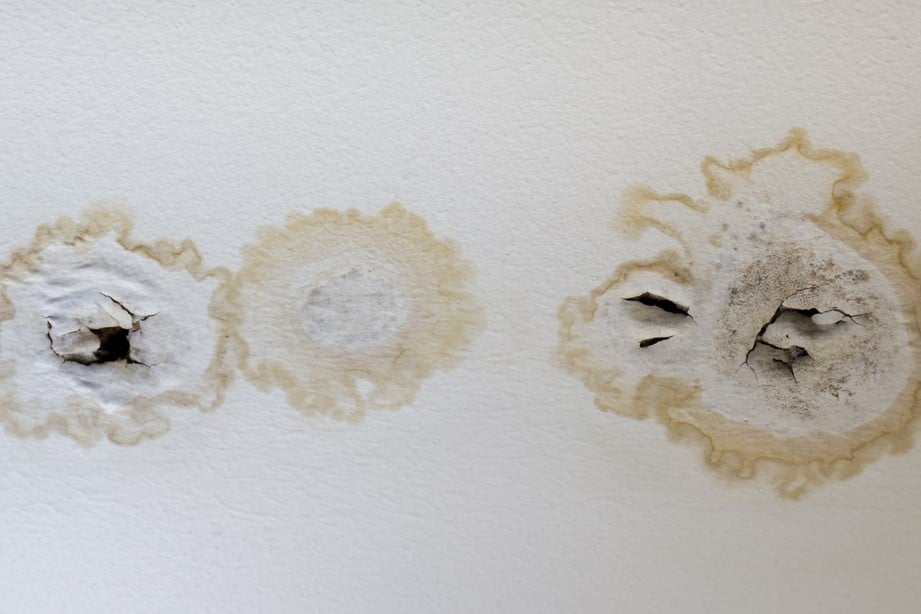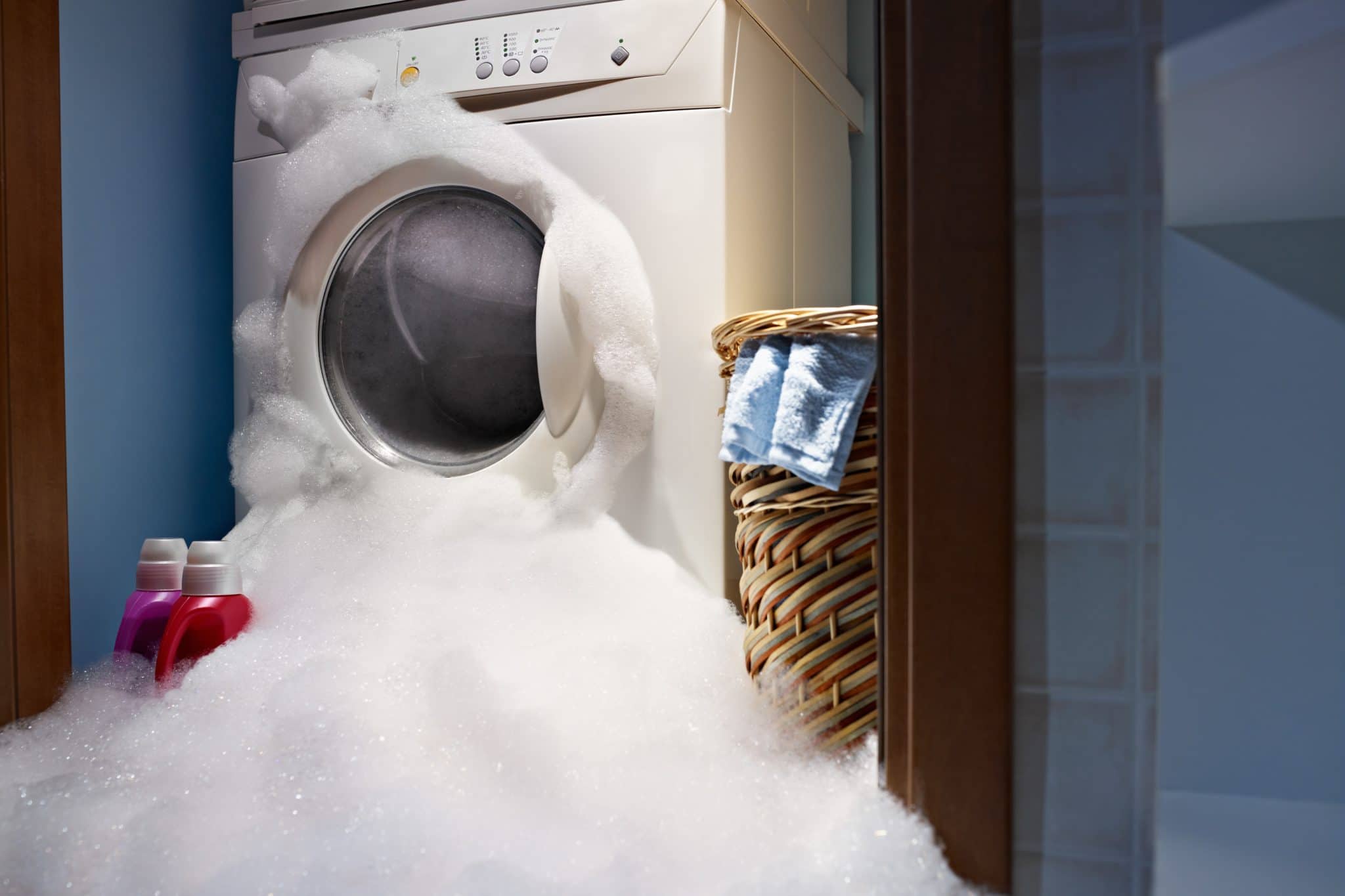Before-you-go Practices for Home Inspectors: Do This to Prevent Claims
By Alyssa Cink
Last Updated November 9, 2023

How much is on your mind while performing a home inspection?
Probably a lot. You’re watching the clock to wrap things up before the client arrives, or before the seller wants everything done. You have another inspection in a few hours, and it’s in the next town over. You need to write a report and make it home in time to prepare for that meeting with your local inspector chapter. Naturally, there’s also your home inspection standards of practice (SOP), taking photos, and other duties to juggle at each property.
Luckily, if you’ve been in this industry for a few years, you likely have a tried and tested routine to get you through each day. It keeps you consistent and opens up more brainpower for other daily stressors, like unpredicted weather changes, technological difficulties, and traffic.
There’s another routine to consider—the one that keeps you from second-guessing those common anxieties, like: Did I lock every door, including the one to the backyard? Did I remember to turn off the stove?
It’s the post-inspection or lockup routine. It outlines before-you-go practices for home inspectors who want to prevent small missteps and liability while preparing to leave the property. To help you achieve the best course of action after your inspections, here are a few steps to consider.
Before you leave the property, remember to:

1. Do a general sweep.
When a seller grants you access to their home, and you know you’ll be the only one present during that time window, it doesn’t hurt to do a cursory walkthrough before leaving.
Keep an eye out. Does anything seem unusual or out of sorts? Do you observe signs of someone entering the house during the inspection who wasn’t supposed to be there? Did you accidentally leave something on the floor that could become a tripping hazard?
Setting aside those few minutes at the end of the inspection allows you to pause and look around without rushing. Nine times out of 10, you won’t find anything. Even then, if someone tries to pin third party property damage or bodily injury on you, you’ll have extra confidence that you’ve left the property just as you found it.
2. Shut all windows.
Depending on your home inspection standards of practice, you likely open (or try to open) a few windows during each inspection. If you haven’t already, add a note to your walkthrough routine to verify you shut those windows.
For home inspectors, this before-you-go practice will eliminate a few worst-case possibilities. For example, you’ll prevent people or animals from crawling through the window and causing damage to the property. (It sounds outlandish, but yes, inspectors have faced claims for damage caused by wildlife, like squirrels.) Alternatively, you might prevent water damage to the floors, walls, or furniture on a rainy and windy day.
3. Check for running water.
Speaking of water damage, did you know it’s the leading type of general liability (GL) claim filed against home inspectors?
Inspectors run water from appliances and fixtures. If forgotten, this running water can cause expensive problems. For example, if you test the bathroom faucet and forget to turn off the water supply line before leaving, you could accidentally cause extensive flooding to that bathroom and any neighboring rooms, walls, or floors.
To avoid this, the best course of action after an inspection is to make sure there’s no running water before you leave the home. You can also take photos, one of the water running normally and one with the supply lines shut off, to prove there were no leaks or overflows. Read more about avoiding water damage claims here.

4. Return the power to pre-inspection status.
At InspectorPro, we also see frequent claims caused by inspectors tripping a ground-fault circuit interrupter (GFCI) or breaker in the seller’s home. Consequently, the power goes out, leading to complications that range from inconvenient (lack of hot water, for example) to costly (spoiled food, disrupted medical equipment, etc.).
Combat this by documenting if the power is on or off upon your arrival. Then, before you leave, verify that you’ve restored the power back to the way it was. Lastly, take photos or videos of you restoring the power.
5. Test the power.
Was the power on when you arrived? Here’s a before-you-go practice for home inspectors to think about.
Prior to leaving, test the power in multiple areas of the home to ensure it’s still on. When checking the power, don’t miss refrigerators and freezers. Spoiling food and medications in these units can cause big problems, so it’s important to confirm they’re running before you exit.
In the event the power goes out and refuses to turn back on, do not leave the property without notifying the home’s current residents. Act quickly so the present owners or occupants can take immediate action to protect their food or technology from further damage.
6. Check the furnace
Similarly, when you’re inspecting in chillier seasons, pause before leaving to confirm that the furnace, heater, or boiler is on. This helps mitigate your risk of frozen plumbing allegations—a costly, stressful, and expensive claim often caused by neglecting to turn the thermostat and related systems back on after testing.
If your current inspection routine involves turning off the thermostat, add a step to verify it’s back on. For example, consider taking a picture of the thermostat running before locking up.
7. Verify that all appliances are off.
Your home inspection standards of practice likely require you to test a few appliances. While you’re performing a quick walkthrough at the end, take photos of any appliances that must be off.
Think of the stove, for instance. No one wants to be minutes or hours away from their last inspection, only to second guess if they’ve turned off the stove. Rather than relying on memory, you can scroll through your inspection photos and find one of that appliance you tested, taken right before you left. Photos are an easy and inexpensive way to secure peace of mind.
8. Turn off the lights.
Unless you’ve been instructed otherwise, double check you haven’t left any lights on. We suggest this more as a courtesy to the sellers or residents than as a risk management tactic.

9. Shut any pool gates and crawlspace access hatches.
Fortunately, pool and crawlspace bodily injury claims occur less frequently in the home inspection industry. Still, they do happen.
Play it safe. If the property has a pool, verify that any pool gates are securely closed. Make sure you’ve closed any crawlspace access hatches, too, if applicable. The current residents could have pets or small children who, without barriers and other safety measures in place, could face real danger near pools or crawlspaces. Do what you can to keep them safe. Even if it adds a few minutes to your routine, these before-you-go practices for home inspectors can mean all the difference to a child’s safety.
10. Lock the exterior doors.
Should you decide to inspect the property without a realtor present, take extra care with how you lock the house. Use lock boxes with caution to avoid misplacing the seller’s keys. Also, walk around and check that every exterior door is locked.
Lastly, if you’re using a digital key to access the home, like a Supra key, remember that electronic access tools create digital footprints. They record when you arrive and when you leave. As a precaution, we suggest reflecting those start and end times in your report, too.
With InspectorPro, get peace of mind for the unexpected.
If you do accidentally break someone else’s property, or you’re involved in a bodily injury incident to someone outside your inspection team, try to mitigate the damage. This could include shutting off the water and helping to contact a restoration company. Next, report the incident to your insurance provider ASAP. Otherwise, following a post-inspection routine can make it easier to avoid mishaps and defend yourself against false accusations.
It’s important to note, however, that even the best before-you-go practices for home inspectors aren’t a guarantee against claims. Whether you’ve been accused of leaving the bathtub faucet running, or you need a certificate of insurance sent ASAP, our team at InspectorPro Insurance provides personalized service and resources. Learn more about our unique home inspection coverage by chatting with a staff member live.
Want to implement the routine we discussed in this article? Download a free one-page summary of our Before-You-Leave routine here. You can use it as-is or adapt it to your existing inspection routine.





